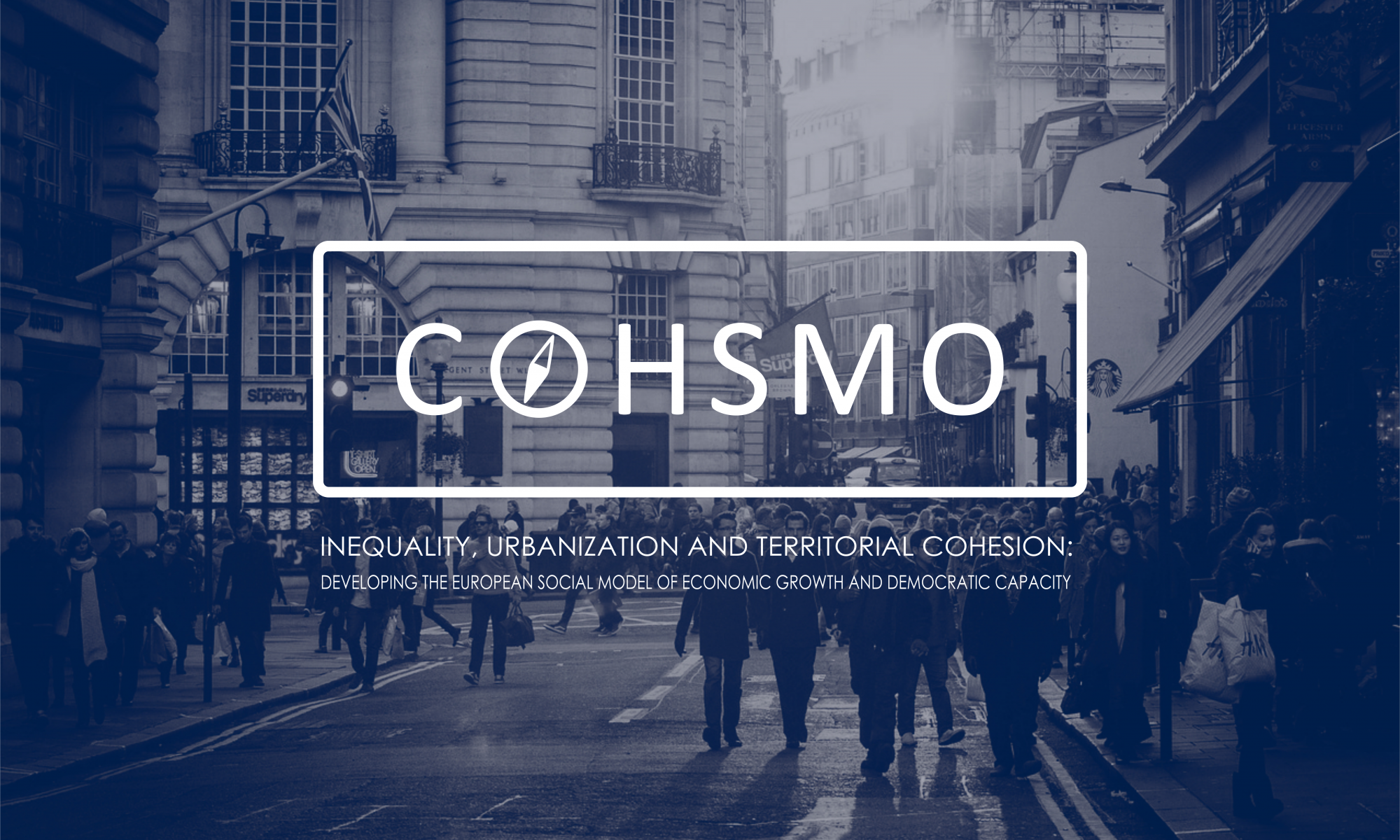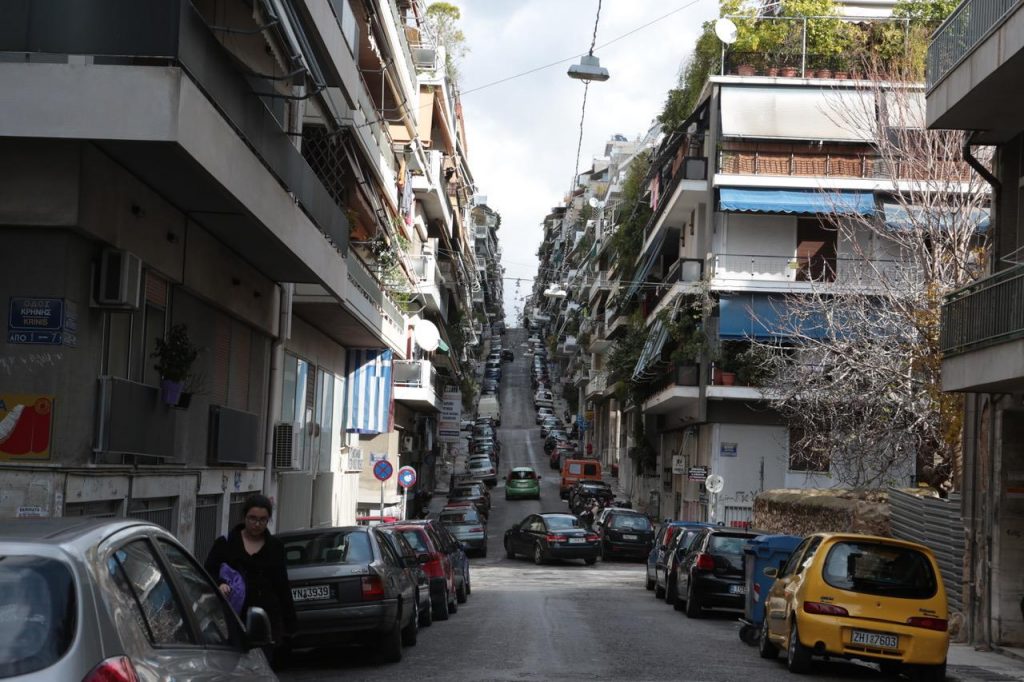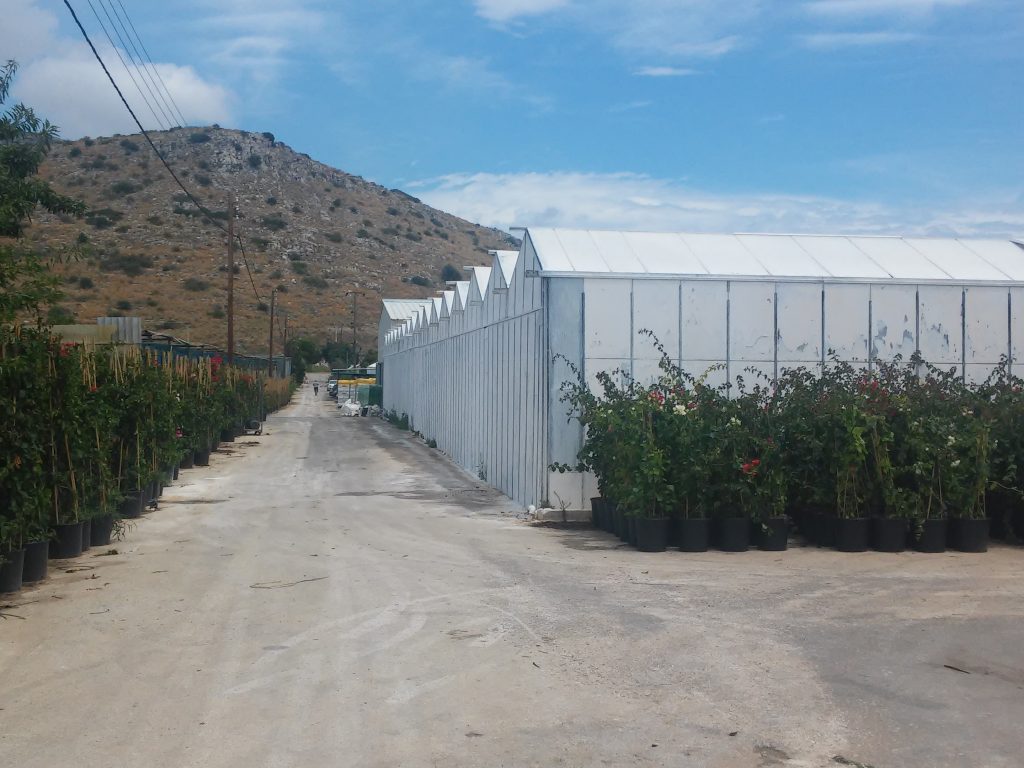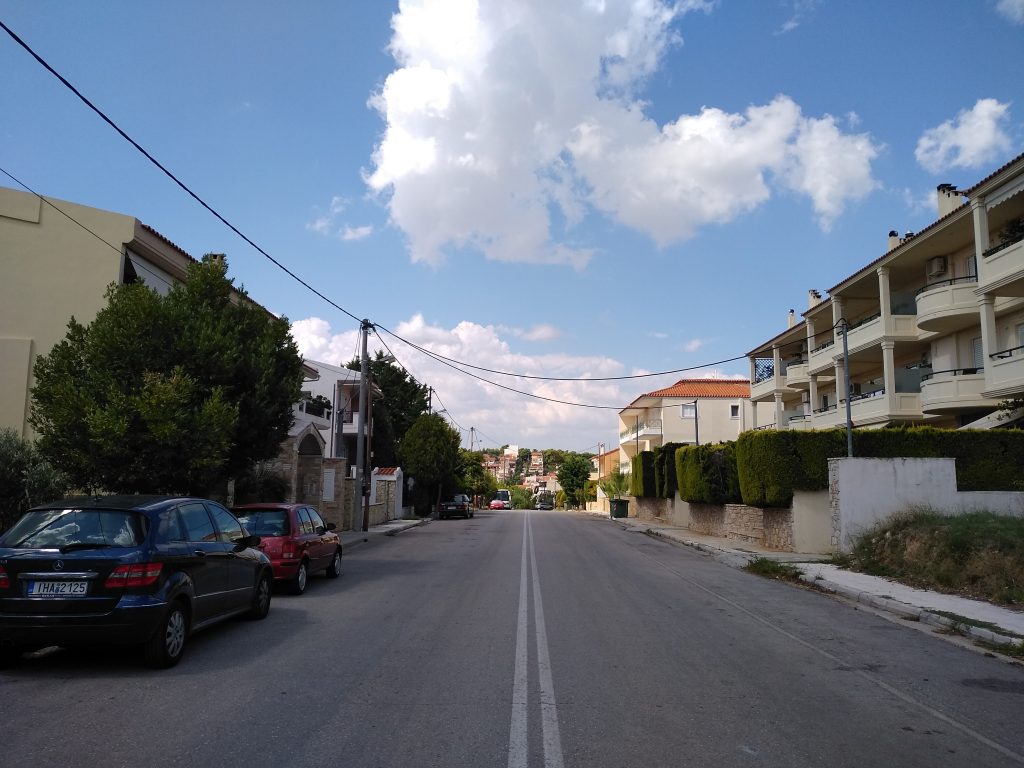The Greek team has conducted research in three different study areas located in the Region of Attica. The selected study areas include the metropolitan area of the central Municipality of Athens (located in the centre of Attica Basin), the suburban Municipality of Pallini (located in the north-eastern suburban zone) and the rural Municipality of Marathon (located in the north-eastern “periphery” of the region of Attica). Empirical research material on each study area has been collected through in-depth interviews with local actors, including representatives of local authorities, business communities and civil society.
Marathon (Rural Case)
The Municipality of Marathon is located in the north-eastern part of the Region of Attica. This is one of the most distant areas from Athens, is not part of the metropolitan area and not strongly connected to central Athens but via road axes. Its population raises up to 33,423 inhabitants. This rural area consists of municipal and local communities of low population density, below the regional average (124.8 inhabitants/km2). There is no tendency toward out-migration but, over the last few decades, the local population has slightly increased while a significant number of immigrants has been added. Indicatively, during the decade 2001-2011, Greeks increased by 26.6% while immigrants increased by 104.2%.
With employment depending largely on (intensive) agriculture, the wider area of Marathon constitutes one of the main suppliers of agricultural products for the entire Region of Attica but also for other regions of the country. Population active in the primary sector raises up to the 25.8% of the economically active population, well above the regional average (2.9%). It is remarkable that the primary sector is more and more abandoned by Greek inhabitants and, consequently, increasingly staffed by migrant population. During the period 2001-2011, Greeks active in the primary sector decreased by 31.7% while immigrants increased by 509.9%. The agricultural character of the local economy may relate to certain socio-economic challenges (such as “economic backwardness”) although, at the same time, it may guarantee certain aspects of social cohesion (for instance, thanks to the high employment rate in agricultural and farming activities). Meanwhile, the high presence of migrant population in agricultural and farming activities often relates to interethnic conflicts and instances of racist hate and exploitation.
Pallini (Suburban Case)
The Municipality of Pallini is located in the east of the Region of Attica and is part of the north-eastern suburban zone. Between 1991 and 2011, the Municipality of Pallini experienced a remarkable demographic change. The local population was more than doubled, increasing from 22,337 inhabitants in 1991 to 34,043 in 2001 and 54,415 in 2011. Especially migrant population has increased from 382 inhabitants in 1991 to 2,883 in 2001 and 3,093 in 2011, standing at 5.7% of the total population. The above-mentioned demographic changes clearly reflect the suburbanization trends that occurred back in the 1980s and 1990s (and transformed many areas surrounding central Athens into densely-built and densely-populated suburbs), as well as the significant international migration inflows to Greece and primarily to the Region of Attica after the early 1990s.
In the case of the Municipality of Pallini, the medium level of resources (such as various services, commercial markets or recreational spaces) implies a significant dependence on (and commuting to) the core city. Employment of the population depends on non-agriculture functions (predominantly on the tertiary sector) and unemployment rates are (slightly) below the regional average. This suburban area is internally diversified, mostly in terms of the socio-economic characteristics of population rather than in terms of the urban environment and land uses. In comparison with the central Municipality of Athens, the Municipality of Pallini is less diversified and, thus, presents lower complexity. However, it also faces significant socio-economic challenges, such as a relatively high unemployment rate, a certain lack of resources and, thus, lower access to services.
Athens (Urban Case)
The Municipality of Athens is the dominant “centre” of the Region of Attica, the central municipality of the metropolitan area of Athens. It consists of seven distinct “Municipal Departments” and several neighbourhoods. Its population raises up to 664,046 inhabitants. Within the Municipality of Athens, urban complexity and diversity are high, both in terms of the built environment and in terms of the population. Although socio-spatial inequalities are relatively low (in comparison with socio-spatial inequalities in other European cities), a persistent socio-spatial division is observed between the north-west and the south-east part of the city. Neighbourhoods located in the north and the west along with the very city centre face the more characteristic and significant socio-spatial problems (see problems of urban deprivation, unemployment, social exclusion etc.) that usually attract the attention of public discourse, official policies and unofficial initiatives.
Territorial Cohesion during pandemic times
Since 2020, the advent of the COVID-19 pandemic has brought along new challenges to territorial cohesion and spatial justice. The Greek team has prepared a ‘policy debate’ paper to examine the potential effects of the pandemic crisis on the main research dimensions of the COHSMO project.
Read here the policy debate paper




